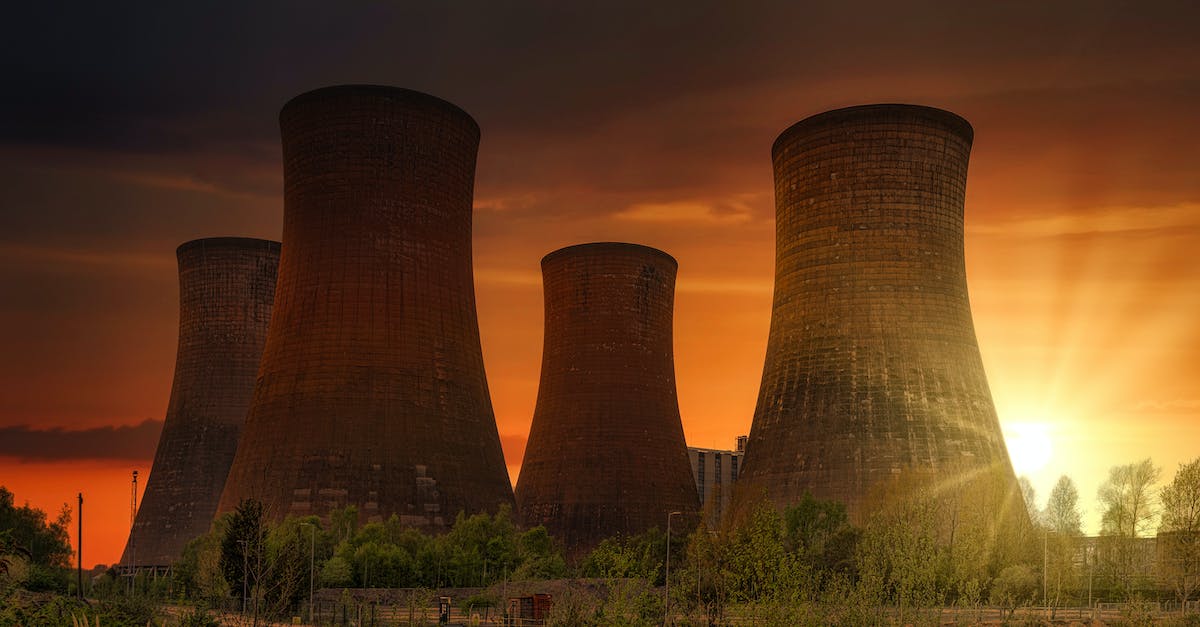Nuclear Power: How Safe Is It?

Introduction
Nuclear power has been a controversial topic for decades. While it offers a significant source of energy, concerns about safety have always loomed large. In this article, we'll explore the safety of nuclear power and shed light on some common misconceptions.
The Basics of Nuclear Power
Nuclear power is generated through the process of nuclear fission, in which energy is released by splitting atoms. This energy is harnessed to produce electricity, making nuclear power plants a viable option for meeting our growing energy demands.
Safety Measures in Nuclear Power Plants
Contrary to popular belief, nuclear power plants are equipped with multiple layers of safety measures. These measures are meticulously designed to prevent accidents and ensure the well-being of workers and the surrounding environment.
Reactor Design and Containment Structures
One key aspect of nuclear power plant safety is the design of reactors and containment structures. Reactors are engineered to withstand extreme conditions, such as earthquakes or terrorist attacks.
Regulation and Oversight
The nuclear power industry operates under strict regulations and oversight from multiple entities. Government agencies and international organizations closely monitor the operations of nuclear power plants to ensure compliance with safety standards.
Emergency Preparedness
Another essential aspect of nuclear power plant safety is emergency preparedness. Plant operators are required to have robust emergency response plans in place, including protocols for natural disasters, equipment failures, and human errors.
The Three Mile Island and Chernobyl Accidents
It's important to acknowledge the two major accidents in the history of nuclear power: Three Mile Island and Chernobyl. These incidents have undoubtedly contributed to public skepticism around the safety of nuclear power.
Learning from Past Mistakes
The nuclear power industry has learned valuable lessons from these accidents. Significant improvements in reactor design, safety systems, and emergency preparedness have been made to prevent similar incidents from occurring in the future.
Future of Nuclear Power
As technology advances, the future of nuclear power looks promising. New reactor designs, such as small modular reactors (SMRs), offer enhanced safety features and increased efficiency.
Conclusion
In conclusion, while nuclear power comes with inherent risks, it is important to recognize the extensive safety measures in place to mitigate them. With ongoing advancements and a commitment to rigorous regulation, nuclear power can continue to provide a reliable and sustainable source of energy.